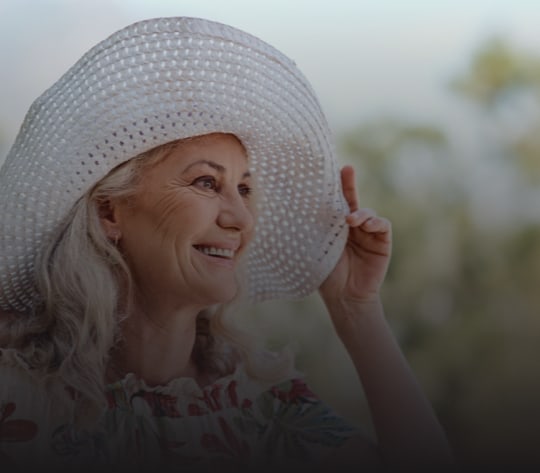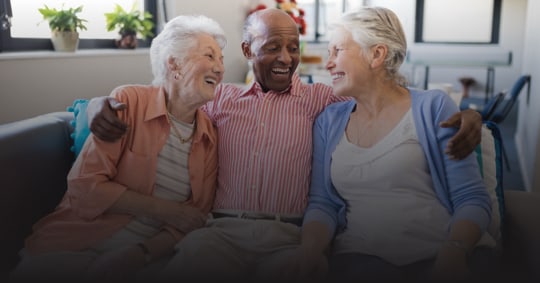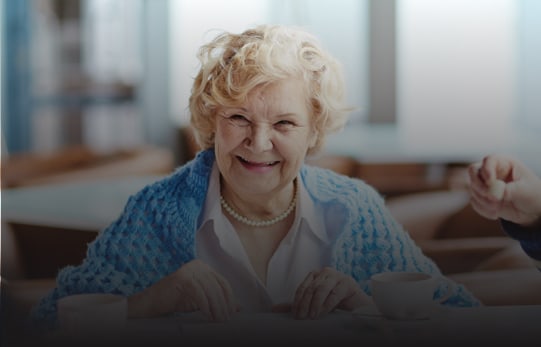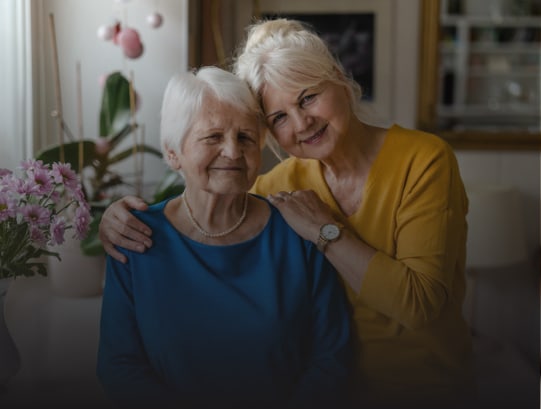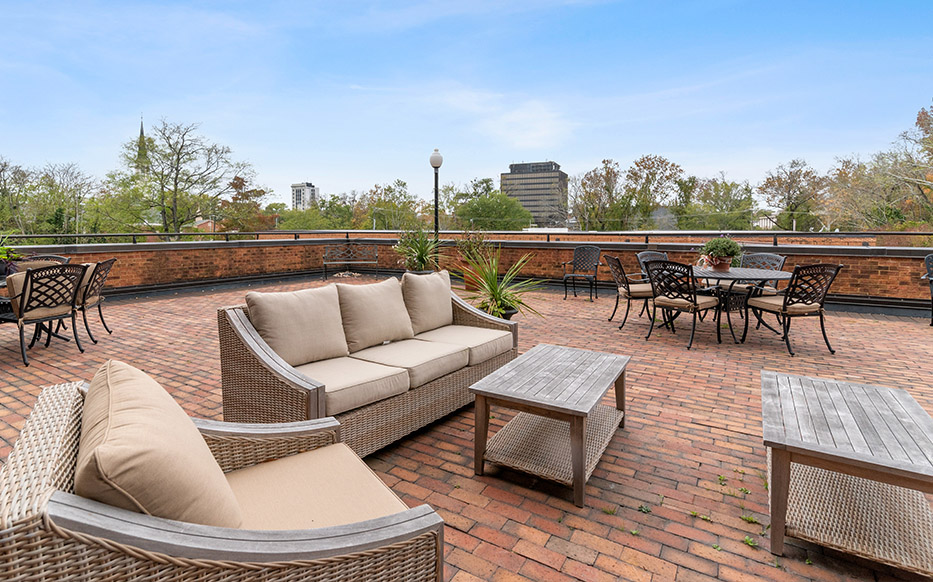Key Takeaways
- Simple daily exercises can help improve your posture and reduce back pain.
- You can do most posture exercises while sitting or standing in your own home.
- Regular movement helps maintain independence and makes daily activities easier.
- Senior living communities offer fitness programs and support for staying active.
Why Good Posture Matters as You Age
Your posture affects how you feel and move throughout your day. When you stand and sit with good alignment, you’ll notice less pain in your back and neck.
Poor posture can make simple tasks like cooking or walking more difficult. It can also affect your breathing and energy levels. The good news is that gentle exercises can help you feel stronger and more comfortable.
Many independent living communities offer wellness programs that focus on maintaining good posture and promoting healthy movement. These programs provide structured support while allowing you to maintain your independence and stay active in a welcoming environment.
Simple Seated Posture Exercises You Can Do at Home
Maintaining good posture is essential for overall health, especially as we age. Poor posture can contribute to back pain, neck tension, reduced flexibility, and even decreased balance. The good news is that improving posture doesn’t require a gym membership or hours of intense workouts. Simple, gentle exercises done at home—or even while sitting—can make a big difference in your mobility, strength, and comfort.
Shoulder Blade Squeezes
Sit up straight in your chair with your feet flat on the floor. Pull your shoulder blades together as if you’re trying to squeeze a pencil between them. Hold this position for five seconds, then relax. Repeat this movement 10 times throughout your day.
Shoulder blade squeezes strengthen the muscles that support your upper back and help prevent rounded shoulders, a common issue for people who spend a lot of time sitting. You can do this exercise while reading, watching TV, or even talking on the phone. For added benefit, focus on taking slow, deep breaths as you squeeze, which encourages relaxation in your neck and shoulders.
Neck Stretches
Gently tilt your head to one side, bringing your ear toward your shoulder. Hold for 10 seconds, then switch to the other side. You can also slowly turn your head to look over each shoulder.
These movements help reduce tension in your neck and upper back, improve flexibility, and increase blood flow to muscles that often become tight from prolonged sitting. For seniors, neck stretches are particularly helpful for reducing stiffness and preventing discomfort that can interfere with daily activities like driving, reading, or using a computer.
Seated Spinal Twists
While sitting, place your right hand on your left knee and gently twist your upper body to the left, looking over your shoulder. Hold for 10 seconds, then repeat on the other side.
Seated spinal twists promote spinal flexibility, improve circulation, and help maintain a healthy range of motion. They also encourage proper alignment, which can reduce lower back pain. For added benefit, try taking slow, controlled breaths as you twist to deepen the stretch safely.
Standing Exercises to Strengthen Your Core and Back
Wall Angels
Stand with your back against a wall, feet about 6 inches away from the base. Raise your arms to form a “W” shape against the wall. Slowly slide your arms up and down the wall while keeping them pressed against it. This strengthens the muscles that support good posture.
Standing Chest Stretches
Stand in a doorway and place your forearm against the door frame. Step forward with one foot to feel a gentle stretch across your chest. Hold for 20 seconds, then switch arms. This helps counteract the forward head position that comes from sitting too much.
How Senior Living Communities Support Your Active Lifestyle

Many assisted living communities have fitness centers and group exercise classes designed for your needs. You’ll find gentle yoga, water aerobics, and balance classes that help improve your posture.
Having access to fitness programs means you don’t have to worry about creating your own routine. Trained staff can show you proper form and help you stay motivated.
Some communities also offer respite care services, giving family caregivers peace of mind while they participate in healthy activities. This support system makes it easier to maintain an active lifestyle.
Making Exercise a Daily Habit
Start with just 5 minutes of posture exercises each morning. You can do them while watching TV or listening to music. Set reminders on your phone or write notes to yourself about taking posture breaks. The key is consistency rather than intensity.
Consider how a senior living community where staying active becomes part of your daily routine can support your goals. You’ll have access to programs, equipment, and social connections that make exercise enjoyable and engaging.
Take the Next Step Toward Better Health
You don’t have to manage your health and wellness alone. At Heritage Place Senior Living, our caring team can show you how our fitness programs and supportive community help residents maintain their independence and feel their best.
Contact us today to schedule a tour and see how we can support your active lifestyle. Call now or visit our community to learn more about our wellness programs and services.



